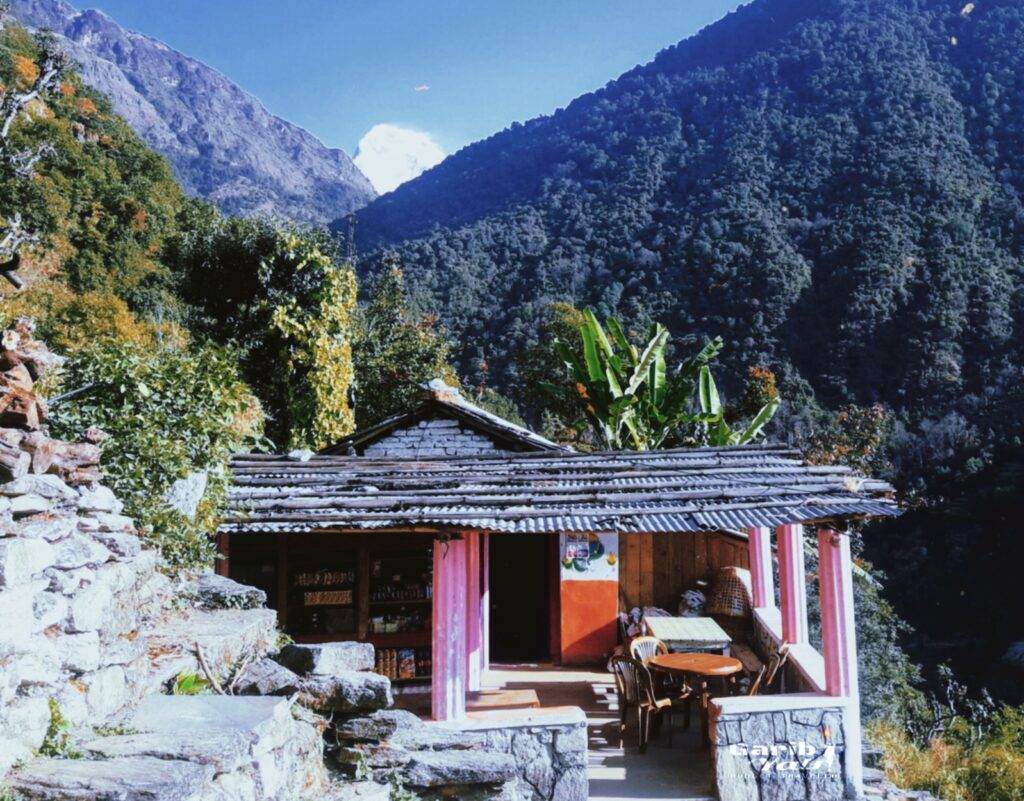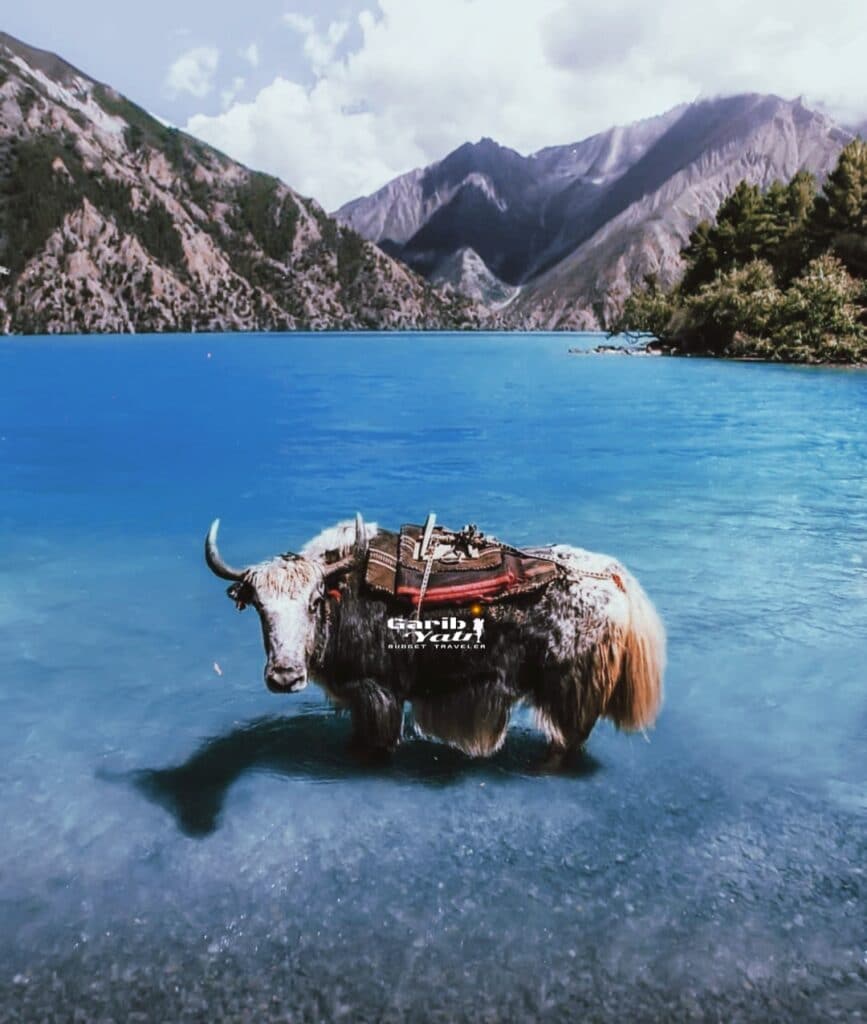Annapurna I is the first mountain in the world to climb more than 8,000 meters. That is why it is also called the ‘first mountain’. Maurice Herzog, a French mountaineer and Nepal’s unannounced tourism goodwill ambassador, had the thrill of arriving at the base camp where Ann stayed for the first time.
Skyscrapers line the horizon north of the Long Valley. Clean weather Sweet winter in the evening. The day is sunny. This is probably why Swiss geologist Tony Hagen called Pokhara a ‘paradise on earth’. Pokhara is truly a paradise.
Pokhara, which is bustling with international and domestic tourists coming from all over the country to enjoy the unique natural beauty and intimacy of tourism entrepreneurs, is currently bustling.
Pokhara has also been affected by the Corona epidemic since last April. As a result, only a handful of foreign and domestic tourists are seen wandering around the Fewa Lake.
Maurice Herzog, a French mountaineer, climbed Annapurna I (8,091 m) in the summer of 1950 and reached the summit of the 8,000-meter-high mountain for the first time. In addition to making history in this way, he wrote a book called ‘Annapurna’ and made Nepal prosperous. Introduced Nepal to foreigners.
The book ‘Annapurna’, written while undergoing treatment at an American hospital in Paris, is estimated to have sold 11 million copies. Thus, he made a significant contribution to the promotion of mountain tourism in Nepal.
Following in the footsteps of Herzog, a team of Nepal Tourism Board, Gandaki Provincial Office, Annapurna Gaonpalika of Myagdi, Trekking Agencies Association of Nepal, Pokhara and a team of media persons walked for a week a few days ago.
To energize the weary tourism, we walked along the Mistri River towards the northern base camp of the North Annapurna Himal. The most lively and juicy person in our team of 25 was Captain Damba Bahadur Garbuja Pun, Chairman of Annapurna Village Municipality. He is short in stature. While in the Indian Army in his youth, he won a gold medal in swimming. At the age of 70, Bansa’s enthusiasm and vigor is not less. He was following the history of 70 years ago by playing with streams, rocks, waterfalls and shades to instill courage and energy in the youth team with the aim of promoting tourism in his village.
To energize the weary tourism, we walked along the Mistri Khols / River towards the northern base camp of the North Annapurna Himal. The most lively and juicy person in our team of 25 was Captain Damba Bahadur Garbuja Pun, Chairman of Annapurna Village Municipality. He is short in stature. While in the Indian Army in his youth, he won a gold medal in swimming. At the age of 70, Bansa’s enthusiasm and vigor is not less. He was following the history of 70 years ago by playing with streams, rocks, waterfalls and shades to instill courage and energy in the youth team with the aim of promoting tourism in his village.
To energize the weary tourism, we walked along the Mistri Khola River towards the northern base camp of the North Annapurna Himal Mountain. The most lively and juicy person in our team of 25 was Captain Damba Bahadur Garbuja Pun, Chairman of Annapurna Village Municipality. He is short in stature. While in the Indian Army in his youth, he won a gold medal in swimming. The enthusiasm and vigor of youth is not less even at the age of 70. He was following the history of 70 years ago by playing with streams, rocks, waterfalls and shades to instill courage and energy in the youth team with the aim of promoting tourism in his village.

Where did our journey to Annapurna begin?
On the first day of the trip, our team crossed the bridge at Kaligandaki just above the Tatopani Bazaar on the Beni-Jomsom road, crossed the lower Narchang and reached the homestay of the upper Narchang by bus.
On the first day of the trip, our team crossed the bridge at Kaligandaki just above the Tatopani Bazaar on the Beni-Jomsom road, crossed the lower Narchyang and reached the homestay of the upper Narchyang by bus.
The next morning, after breakfast, we walked through the jungle uphill, carrying food and provisions. The sun went down, and the road became dark. Night fell, but nothing was found to reach the destination.
The next morning, after breakfast, we walked through the jungle uphill, carrying food and provisions. The sun went down, and the road became dark. Night fell, but nothing was found to reach the destination.
There is no settlement at the top. No matter how far we walked, we didn’t know where the destination was, even the guides and helpers got tired and exhausted. While walking in the dim light of the torch in the pitch darkness, one of the helpers fell on one side and the people on the other. Her feet were suddenly heard. The soles of his shoes were slipping and he was rubbing only the upper part. Thus, I wondered what would happen in the first half of the journey.
After reaching a somewhat flat place, a heavy load was placed on the place suitable for camping. The name of that place is Kalikhola. Cooking, making tents and lighting campfires were carried out by fetching water from a little below.
After dinner, we slept in a tent all night to avoid being attacked by animals. We also carried satellite phones for emergencies as mobile tower signals are not a place to pick up.
The next day, the pedestrians were walking with their belongings and the helper brothers were carrying capping supplies when they walked in the forest for a few hours. It was thrilling to find a way and hang a rope on the cliff of a rocky monkey, but there was no place to find a skeleton when the chipper fell.
After getting stuck for a long time, our team reached the bank of the river Misrti by making a path in the downward direction of the river. Lunch was prepared there.
TAN’s friend was also putting enamel marks in places to make it easier for the pedestrians to come later.
In the afternoon sun, some brave friends tried to bathe in the crystal clear water of Misrti river, but it was not possible. Some friends remembered our sage who could have practiced asceticism for thousands of years by wearing only one dhoti on these mountains. It was difficult for us to touch the water.
After lunch, they piled stones in the river and built a mud bridge brought by the water. After crossing the river, a nearby hydro company dug a tunnel and threw it towards the river.
You have to climb about 200 meters with the help of rope in the style of rock climbing while climbing on the cliff of the rock landslide.
We climbed up to the road with the help of ropes, crawling on all fours, one at a time, thinking that a landslide would fall when many people were walking at the same time. In the twilight of that day, we settled in a place called Chhotapa on the banks of the river Misrti and with a beautiful waterfall.
The next day, after breakfast at Khaivari, which is about to become a hydropower station, the team went to Samdhikharka after begging for a pair of shoes and giving them to their helper.
In the morning journey that day, I climbed the side of the river Misrti, which flowed between two huge rocks. The blue sky was washed away by the eruption of the rock, which reached 100 meters across the Choita Khola / river and caused the ground to shake, the mountains to shake and the plume of smoke to rise.
The river had to be swept away by the piles of wood brought by the river that melted the snow on the limestone stones soaked with cold. There was no flood, but if the foot slipped, the river would overflow, but the fear of dying hardened!
After having lunch at Humkhola that day, we reached a beautiful place. After climbing a little uphill from there, a beautiful waterfall was seen. Forgetting all the fatigue and suffering, the whole river is flowing like a waterfall through a hole in the middle of a huge rock! And below it is a greenish ridge.

The water of the Annapurna range melts and melts. After thousands of years of unremitting efforts, even the rocks are pierced and falling from a height of 3157 meters. That day we climbed the hill and reached Sandhikharka, a beautiful place on the river bank and between two hills.
Camping was done by pitching tents there. When our team reached North Annapurna base camp on the fifth day the next day with excitement, fear and fatigue, Lord Surya Narayan had rested on the south side of the mountain. It was very cold and cold there, and at night it was minus 15 degrees Celsius. The tent won’t fit. Even the sleeping bag was like a diaper soaked with dew.
Suddenly, at two in the morning, like a bomb exploded. The avalanche had hit the hill around the base camp. When we woke up in the morning, the atmosphere around the base camp was hazy with dust particles mixed with snow and soil. As it is a high mountainous region, the weather will change from time to time. In a moment, the white mountain is covered with fog, and then in a moment, the fog breaks and the glittering white mountain rises.
Our trek was more of an exploration than an observation. Despite the exhaustion of the day and half a night’s sleep due to the historic footpath, not all of the team lacked vitality.
read more our Annapurna mountain’s story
More about Annapurna on Wikipedia




Pingback: Mardi Himal Base Camp Trek - Garib Yatri